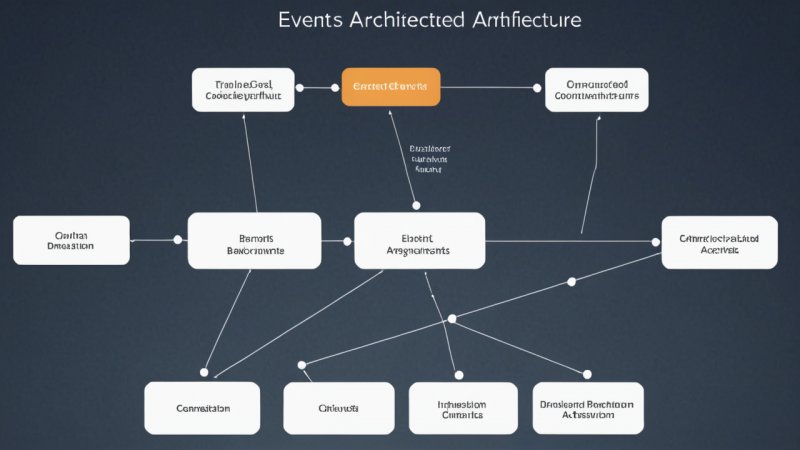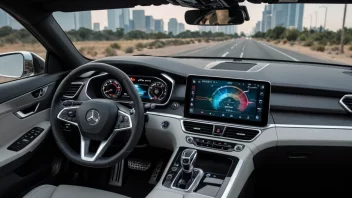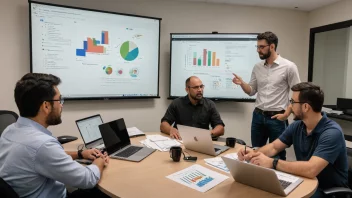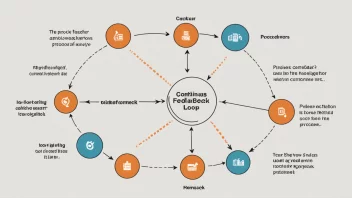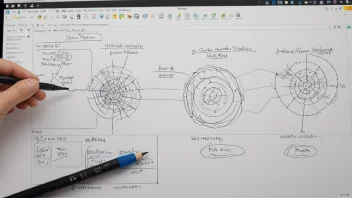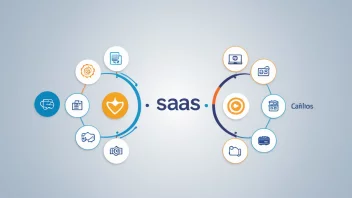Event-Driven Architecture (EDA) is a software design paradigm that promotes the production, detection, consumption of, and reaction to events. This architecture is essential in modern software development as it provides a flexible and scalable approach to handling data and services, especially in distributed systems.
At its core, EDA focuses on the concept of events, which represent significant changes in state within a system. These events can trigger various actions, allowing for real-time processing and decision-making. By decoupling event producers from event consumers, systems can be more modular and responsive.
One of the key advantages of EDA is its ability to handle asynchronous communication. In traditional request-response architectures, systems can become bottlenecked as they wait for responses. With EDA, events can be processed independently, enabling enhanced performance and scalability. This is particularly beneficial in environments where high throughput and low latency are crucial.
Additionally, EDA supports the implementation of microservices. Each microservice can emit events independently, allowing other services to react to these events as needed. For example, in an e-commerce application, when a customer places an order, an event can be emitted to update inventory, notify shipping services, and trigger payment processing, all without direct dependencies among these services.
When implementing EDA, various technologies and patterns can be utilized. Message brokers like Apache Kafka, RabbitMQ, and Amazon SNS are commonly employed to facilitate event distribution. These tools enable the efficient and reliable transmission of events across different parts of the system.
Real-world case studies illustrate the effectiveness of EDA. For instance, Netflix uses an event-driven approach to manage its extensive streaming services. By utilizing EDA, Netflix can quickly adapt to user preferences and system demands while maintaining a seamless viewing experience. Similarly, companies like Uber and Airbnb leverage EDA to handle real-time data processing, ensuring their services remain responsive and scalable.
However, adopting an event-driven architecture does come with challenges. Managing event schemas, ensuring data consistency, and handling event failures are critical considerations that developers must address. Proper design patterns, such as event sourcing and CQRS (Command Query Responsibility Segregation), can help mitigate these issues.
In conclusion, Event-Driven Architecture offers a robust framework for building responsive and scalable systems in the rapidly evolving landscape of software development. By embracing events as a core component, organizations can enhance their ability to manage complex processes and provide a better user experience.
